Canada’s spousal sponsorship program, a crucial avenue for family reunification, has witnessed a decline in 2024. Although there was a slight recovery in July, the overall number of new permanent residents arriving through this program remains lower than in 2023. This year appears to be heading toward a significant decrease, raising questions about the factors behind this downward trend.
Trends in Spousal Sponsorship Immigration for 2024
The year began slowly for spousal sponsorship immigration, with fewer arrivals than anticipated. According to Immigration, Refugees and Citizenship Canada (IRCC), July 2024 saw 6,170 new permanent residents through spousal sponsorship, marking an 8.3% increase from June’s total of 5,695. However, this small rebound wasn’t enough to offset the overall decline. During the first seven months of 2024, only 40,700 new residents arrived through the spousal sponsorship program, representing an 18.6% drop compared to the 50,065 arrivals during the same period in 2023.
Provincial Distribution of Spousal Sponsorship in 2024
Ontario continues to lead in welcoming new residents through the spousal sponsorship program. By July 2024, the province had accepted 20,395 new spouses and common-law partners as permanent residents. British Columbia and Alberta also saw significant numbers. Below is the provincial breakdown for the first seven months of 2024:
| Province | New Residents (Jan-July 2024) |
| Newfoundland and Labrador | 115 |
| Prince Edward Island | 90 |
| Nova Scotia | 515 |
| New Brunswick | 365 |
| Quebec | 5,095 |
| Manitoba | 1,205 |
| Saskatchewan | 700 |
| Alberta | 5,525 |
| British Columbia | 6,665 |
| Yukon | 40 |
| Northwest Territories | 45 |
| Nunavut | 15 |
Newfoundland and Labrador experienced the highest percentage growth in July, with a 75% increase in spousal sponsorship arrivals. In contrast, Saskatchewan saw the most significant decline, with a 13% drop compared to June.
Reasons Behind the Decline in 2024
One key factor contributing to the lower numbers in 2024 is the ongoing processing backlogs. Although IRCC has reduced the average processing time for spousal sponsorship applications—from 20 months in 2022 to around 10 months currently—delays persist. Common reasons for slow processing include incomplete applications and additional requests for relationship proof.
Projections suggest that Canada may welcome around 69,891 new permanent residents through the spousal sponsorship program by the end of 2024, a 7.1% decrease from the 75,270 new residents welcomed in 2023.
Spousal Sponsorship Requirements and Fees
Canada’s spousal sponsorship program allows Canadian citizens and permanent residents to sponsor their spouse, common-law partner, or conjugal partner for permanent residency. While sponsors are generally not required to meet a specific income level unless dependent children are involved, they must commit to providing financial support for their spouse’s basic needs.
The fee structure for spousal sponsorship is as follows:
- Sponsorship Fee: $75
- Principal Applicant Fee: $490
- Right of Permanent Residence Fee: $515
- Biometrics Fee: $85
- Total: $1,165
Looking Ahead: The Future of Spousal Sponsorship in Canada
Despite the projected decline in arrivals for 2024, Canada’s spousal sponsorship program remains a cornerstone of the country’s immigration strategy. Continued efforts to streamline processing times and enhance application procedures will be critical in attracting more applicants in the future.
For those considering applying, it’s essential to ensure that your application is complete and accurate to avoid unnecessary delays. Consulting with an immigration professional can also improve your chances of a successful and timely approval, helping you reunite with your loved ones as quickly as possible.




